Rough textures, smooth curves and knotted wood all work together to form Pilar Ovalle’s gorgeous wooden sculptures. Sometimes suspended from the ceiling and other times resting on the floor, her work carries weight literally, but also figuratively, making reference to the importance of environmental sustainability. Having worked as a sculptor for the better part of thirty years she finds joy in offering new beginnings to the materials that make up her sculptures.
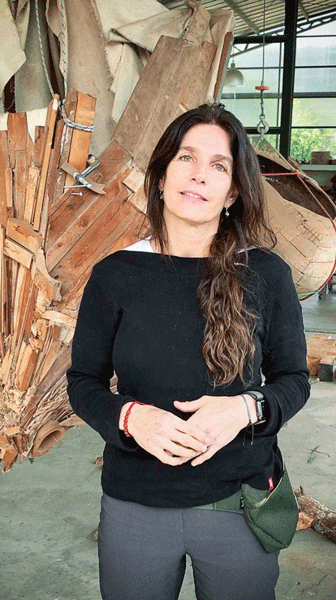
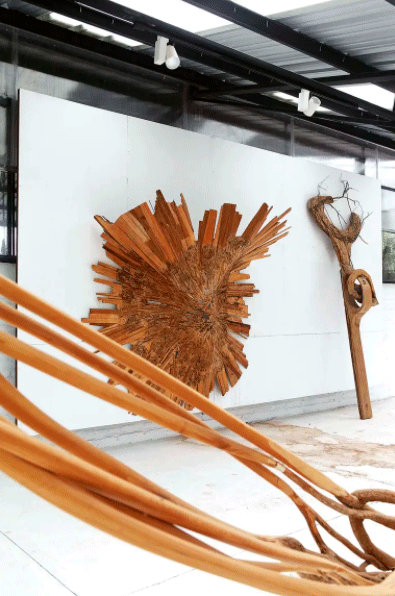
Born in Santiago, Chile in 1970, Ovalle’s introduction to the art world began at the Institute of Contemporary Art in Santiago. Beginning her studies there in 1989, she started with a focus on drawing, but soon found herself captivated by the possibilities afforded by sculpture. Professors even noted her knack for the medium and commended her interest in material investigation. Her formal art education taught her the intensive techniques that were required to manipulate wood and allowed her to find her own language and style early on. Ovalle also had the fortune of learning directly from boat builders and artisans in Southern Chile. Though challenging, the skills she developed over time now allow her to expertly bend wood, which she finds highly rewarding in her artistic practice.
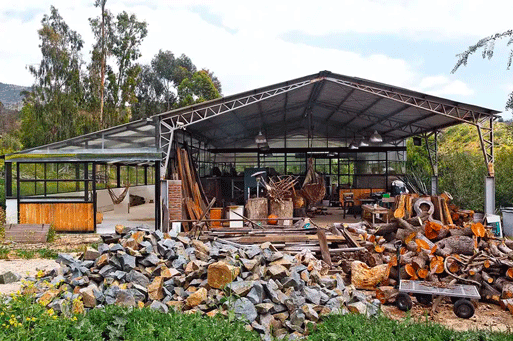
Intentional and observant, it is no surprise that Ovalle’s sculptures involve considerable amounts of time and patience to create given her chosen material. The sculptor works with wood as her primary medium and recognizes its potential.
“Wood enhances the possibilities of artistic expression … as a support it does not impose its shape but is extraordinarily ductile and has structural qualities that allow me to project it on the space with greater freedom than other materials,” says Ovalle. “In this language, wood is secondary to its final cause.”
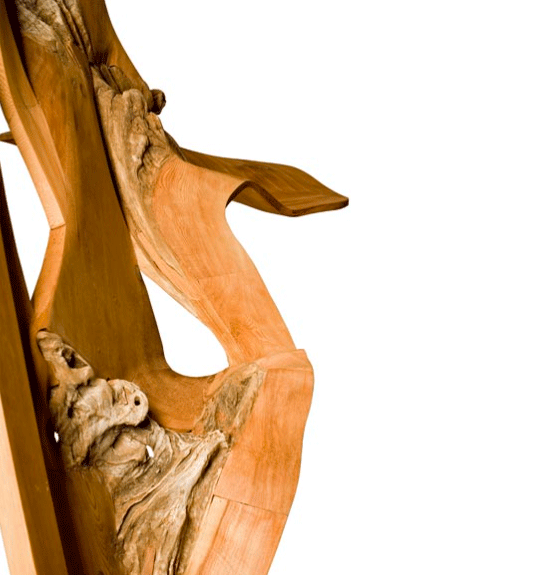
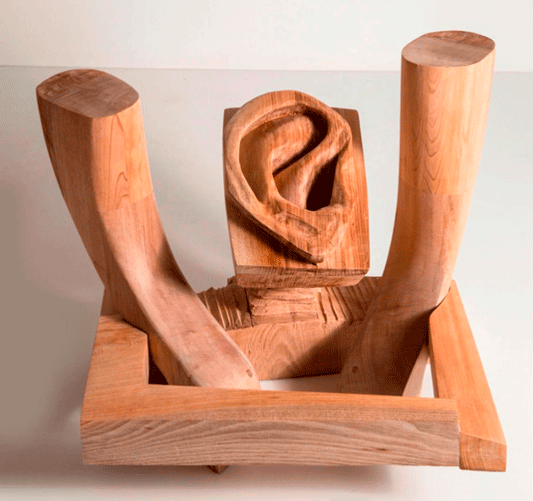
The wood Ovalle uses has already had a previous life. It has been worked, in a sense, by nature, having gone through periods of rain and wind and has, perhaps most notably, experienced the effects of time. Visually, this can be seen in the final product as traces, says Pilar.
“The wood has traces, I take the veins of industrially elaborated wood as the traces of time and the water in the wood collected from the edge of the rivers, as the figures of the wood that are produced as waste. Each of these traces constitute signifiers that manage to articulate as a language in a syntax of fits, cuts, mismatches and assemblages around the sculptural figure as the final cause,” explains Ovalle.
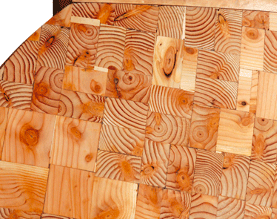
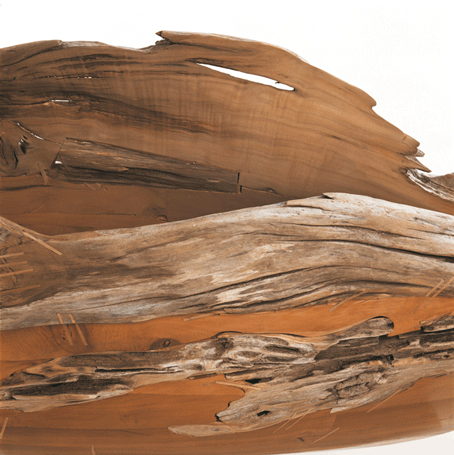
Collecting found driftwood from the shores of Chile and using it in her work gives the material a new life and purpose. Just as Ovalle gives the material a new meaning, it, too, gives her energy to see the material in a new light, as art. In this way, Pilar is using her position as a sculptor to address Life on Land, the 15th United Nations Sustainable Development Goal, by using sustainable materials that are readily accessible through foraging. In doing this, she draws attention to the importance of sustainably sourcing materials in daily life and highlights the strength and beauty of such materials when on display.
Duality is a recurring theme in her work. Dealing with the realm of nature often has this effect. Past and present as well as life and death are persistent issues present in her sculptures. In a visual way we see these issues presented as concavity and convexity and through the material’s delicacy and strength. Using salvaged and engineered wood there is yet another, at times subtle, contrast of nature and culture. While she is inspired and motivated by nature, she has made it clear that she is not trying to tame it, but rather humbly learn from it.
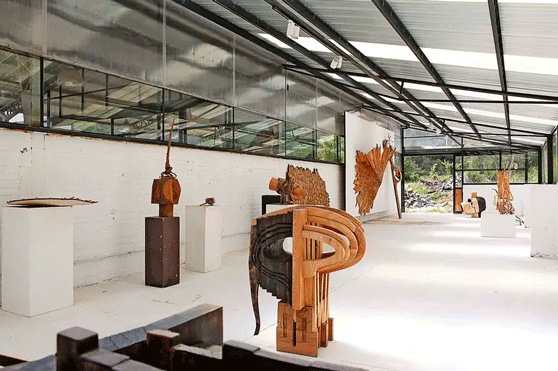
Now, rather than making demands of herself to create work, she’s concentrating on the joy that the process of creating brings her. As a prolific sculptor and a highly poetic individual, Ovalle’s work and daily life have merged into one where she is continuously exercising her creativity. When she’s not working on one of her sculptures, she can be found outside working in the garden or sewing clothes. Her artistic practice is rigorous, yet her work has a sensitivity to it emphasizing just how much she cares for her chosen subject matter.
For those interested, more of Ovalle’s work, including commissions and exhibitions, can be seen on her website.
